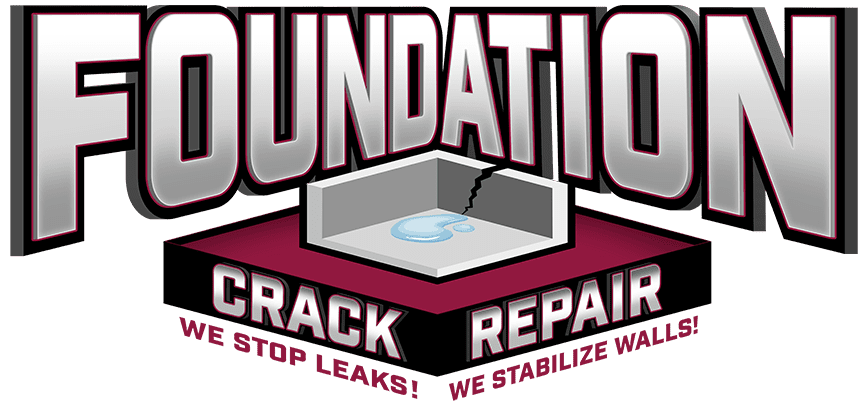If a basement leak comes up through your exterior walls, first determine the cause of the problem by locating the point of entry (where the leak is originating from). By using an exterior draining product at the point of entry, you can determine the location of the leak. Most importantly, you can determine whether or not it is a minor leak that you can repair yourself or if it is a major leak that requires the expertise of a licensed professional contractor.
There are many different types of exterior waterproofing products available on the market today. Most homeowners do not realize that a simple application of the right type of waterproofing product can save them a lot of money in the long run. For example, there are exterior waterproofing salts that can be applied to cracks in foundation walls and exterior walls. When applied properly, these salts will stop water from leaking into your basement, and the minerals in the salt will fill any porous areas within the walls and foundation walls to prevent leaks.
Another type of exterior waterproofing product is the exterior grading drain. In addition to protecting foundation walls and basement floors, exterior grading drain systems also provide a means of reducing sewer backing up into your basement. Unfortunately, most drainage solutions will only work in the crawlspace or below the house in cases where there is no slope to the exterior slope. However, with proper installation and the use of an effective drainage system, all three layers of drainage will trap surface water and drain it away from your home.
Although many people mistakenly think that exterior drains are only necessary for roads, they have many uses beyond that. For example, most drains are placed so they can be connected to an interior drainage system. If an area has a soil base, then placing a soil-based waterproofing solution in an exterior drain helps to protect the foundation and house from being damaged due to water backing up into the foundation.
Sewer drains are another very effective way of eliminating surface water from the basement and exterior walls. Although many people mistakenly think that these drains are only necessary for septic tanks, they can also be used to remove excess floodwater. A properly installed and maintained sewer drain can reduce the amount of rainwater entering your basement or house, and this can help prevent leaks. Proper installation of exterior drains can help prevent leaks, and there are many different options available to choose from including reverse osmosis and EPDM waterproofing systems.
Finally, foundation footer drains can be installed to prevent foundation walls from leaking. A submersible footer drain can be installed between the exterior wall and the base of the foundation. This waterproofing solution is not just designed to stop water from leaking onto your foundation; it can also prevent soil particles and debris from entering the base material. The installation process is relatively simple, and it can be applied to both basements and exteriors.
Gutter protection systems are another effective way to stop excess water from entering your home’s exterior side walls. One of the most common problems with residential gutter systems is the presence of debris that gets washed along with the downspout. A gutter guard system can be installed on either the inside or outside of the gutter, which is then fastened to the garage wall, driveway, or patio. These are an excellent way to keep water away from the garage wall, driveway, or patio, and they can be easily removed for cleaning.
Exterior wall foundation drainage is another way to protect your home’s exterior side walls from moisture and water damage. This system is a simple installation process, and it consists of a tiered drain that drains off the bottom of your home and a parallel drain that drains from the top of your home to the exterior wall. The drain is tied to a pressure equalizer valve, and the valve is attached to a timer. As the pressure rises inside the equalizer valve, the valve shuts off, effectively stopping the water flow. This system is not without hazards, as the tiered drain may start to get backed up, especially during storm seasons. However, it is an effective way to prevent damage to your home’s foundation and flooring.

Foundation Crack Repair, LLC © 2022 | All Rights Reserved